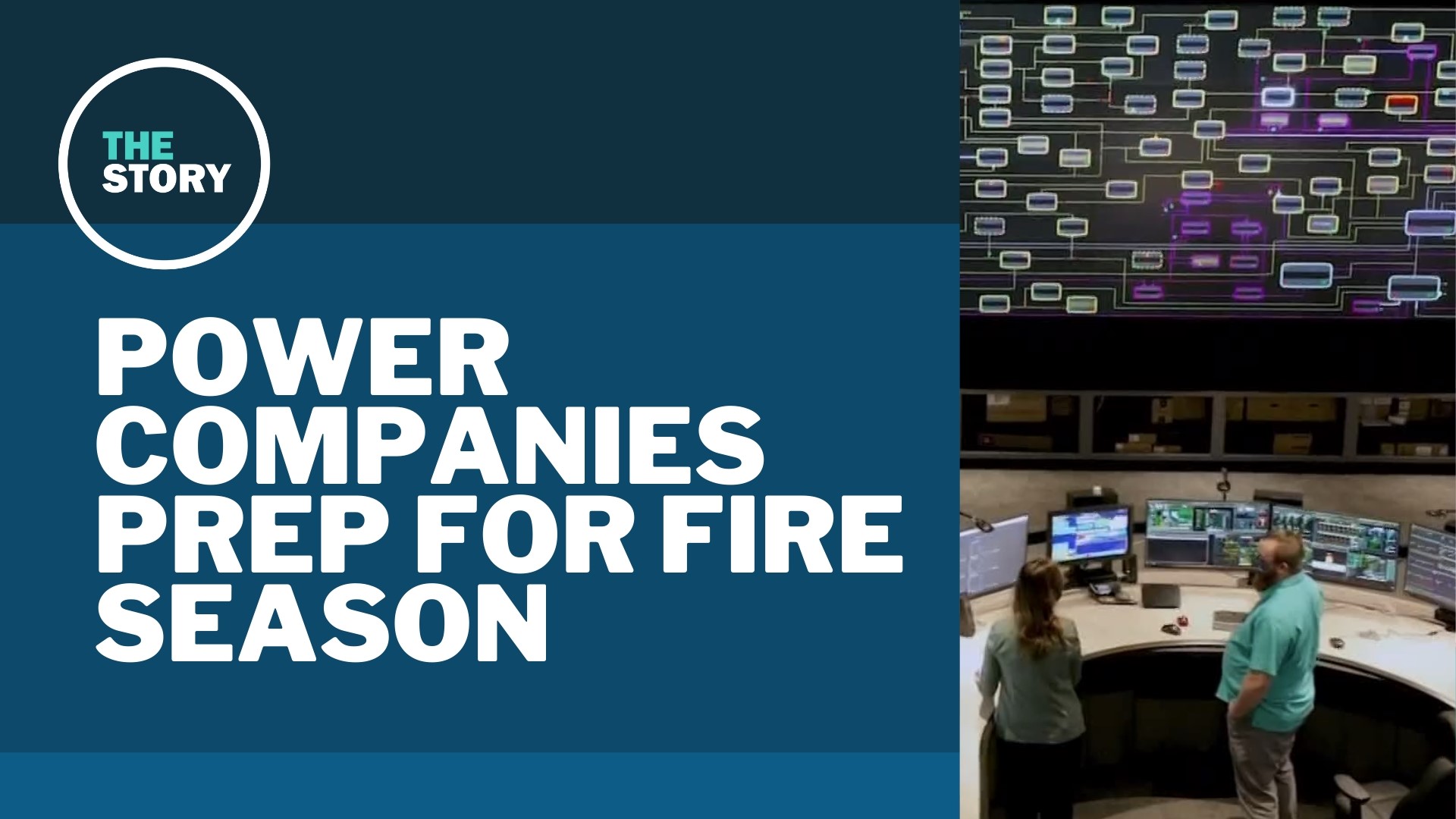CORBETT, Ore. — Amid continued drought and seeking to avoid a repeat of 2020's devastating fires, Oregon power companies are taking steps to prevent their power lines from sparking wildfires this summer.
Bill Messner, Portland General Electric's director of wildfire mitigation and resiliency, says the company is spending tens of millions of dollars to keep tree branches away from power lines. A single broken branch could short out a power line, sending a spark into the air and easily igniting a tree, or even take a whole power line to the ground, starting a natural disaster in seconds.
PGE is prepared to cut power to those lines if the weather calls for it.
"If the weather does turn, and it has strong winds, low humidity, vegetation has low moisture content. How our agency partners are positioning themselves, that is when we would have that criteria to say, OK, lets turn off the power," Messner explained.
PGE is also upgrading older, bare conductor wires with safer, insulated power lines, but it's a slow process.
"That is not going to happen overnight," Messner said. "This is going to take years for us to make those investments to minimize this risk for our community."
PGE recently released its high-risk fire zone map for 2022. It has grown to include 10 areas, covering as many as 30,000 customers, where PGE will be watching for the right conditions to shut off power this summer.

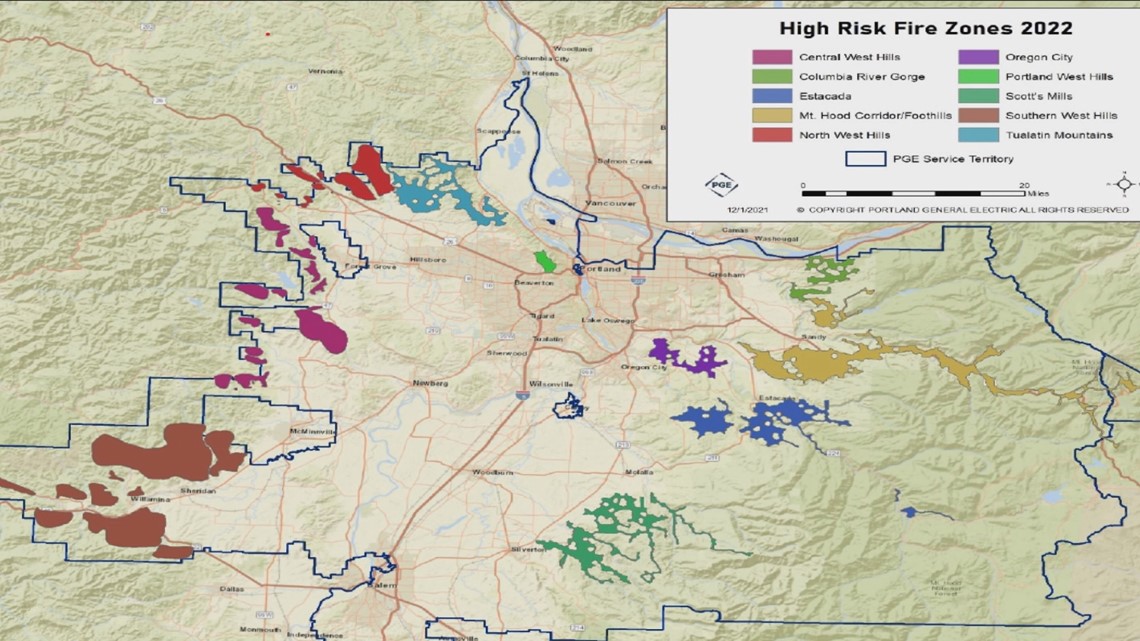
They include the West Hills and areas north of Highway 26, which PGE calls the North West Hills, Tualatin Mountains, areas east and south of Forest Grove and parts of the Willamette Valley around Sheridan and Willamina. East of Portland, areas include the Columbia River Gorge, the Mount Hood corridor, stretching from Sandy up and over the mountain, Estacada and other portions of Clackamas County.
It's a far cry from two years ago, when that map had just one high-risk fire zone, stretching from Sandy to Mount Hood.
PGE did shut down power in that area during an unprecedented wind storm in September 2020, and there were no fires in that corridor.
But to the south, the massive Beachie Creek fire roared to life, pushed by the same hot, dry, windy weather. The fire eventually covered 192,000 acres, destroyed 1,300 structures and killed 5 people.

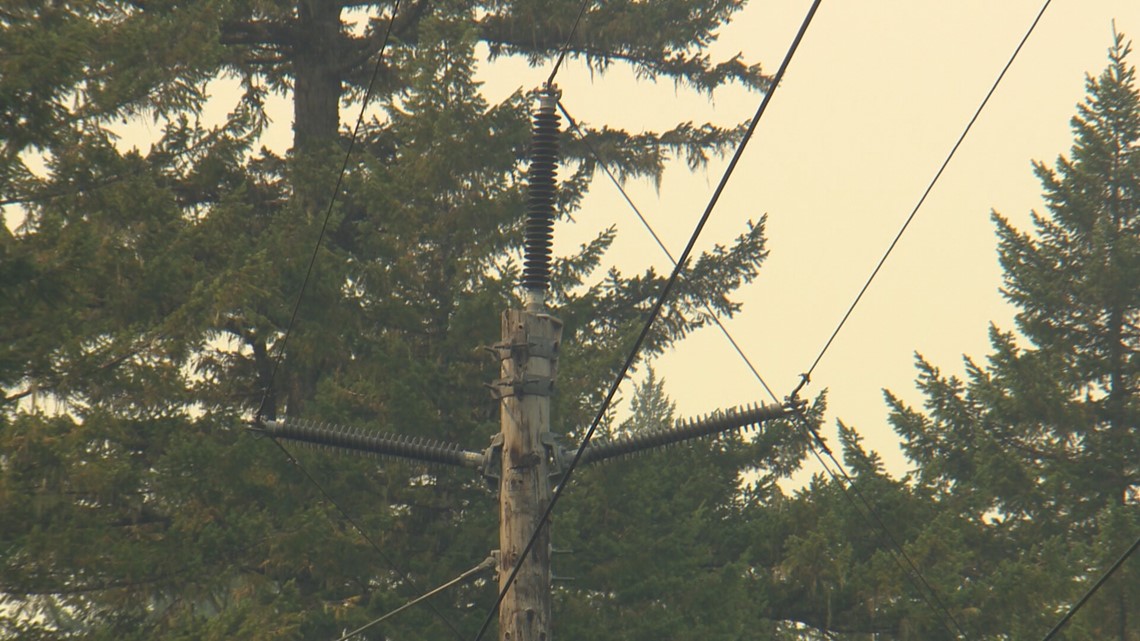
Later, a class action lawsuit accused Pacific Power, another utility that operates in Oregon, arguing some of its power lines added to the fire. Pacific Power did not cut power to its lines.
In 2021, the Oregon Legislature required power companies to identify high-risk fire areas and establish plans to help keep them safe. As a result, PGE expanded its map.
Pacific Power generated a similar map for 2022 and identified 13 high-risk areas. They include both rural and urban areas of Hood River, as well as areas west and south of Medford.
PGE is placing remote weather stations in each of the high-risk fire zones to get constant updates from each location. Meteorologists and fire experts will monitor approaching storms from PGE's new multimillion-dollar facility in the Portland area, where operators can kill power in specific locations with the push of a button.

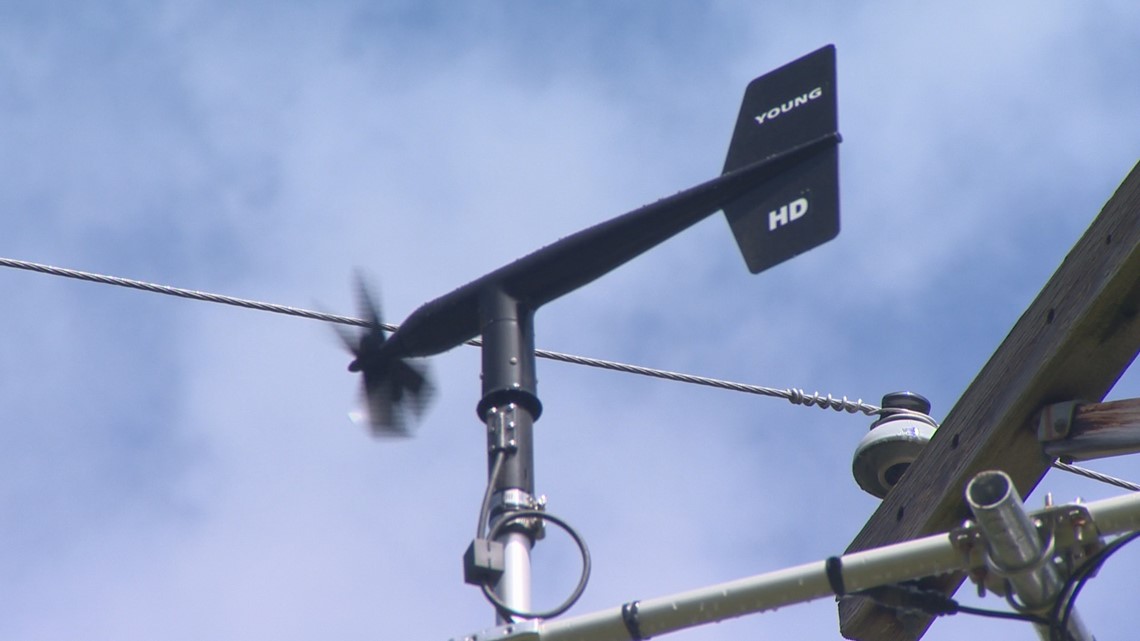
Messner said affected communities will receive advance notice, including warnings via emergency alerts and through the media. Customers can expect to receive warnings beginning three days in advance, and multiple times up through the day power will be shut off.

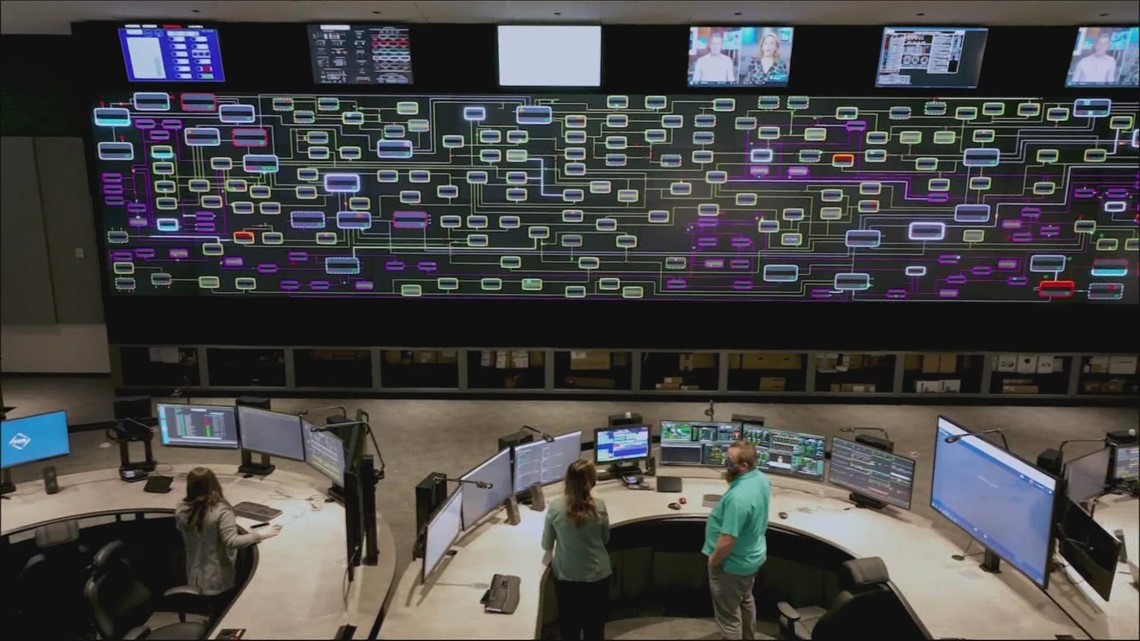
"We will implement our incident command center about seven days in advance," he said. "So we're seeing that weather, we're starting to monitor it. We're not telling everybody what's going on yet because we don't know if its going happen. Then we have criteria that we would tell our public safety partners, 'hey, this looks like its going to happen.' Then we're going to lean in and start telling our customers as well."

